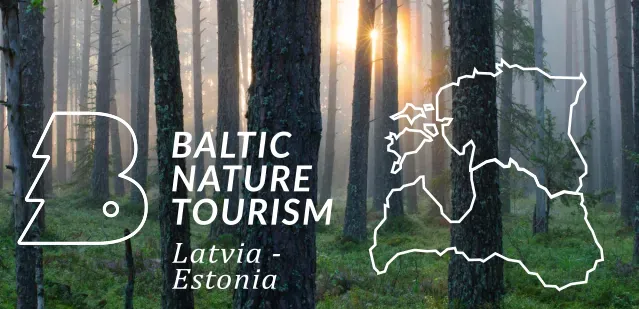Another story about Soviet Union external border in Liepaja
For those who could not accept living under the Soviet regime, all sorts of creative ideas came to mind to illegally escape the USSR. But for the most part, these attempts were unsuccessful.
The action takes place in the former Union of Socialist Soviet Republics (USSR) on the border zone which during that time was strictly controlled. Each evening, the beaches were raked so that in the morning the footprints of anyone trying to escape would be visible for the guards to see.
Young people and foreigners might find it hard to fully grasp the idea that for soviet citizens to legally get out of the USSR was almost impossible. For those who could not accept living under the Soviet regime, all sorts of creative ideas came to mind to illegally escape the USSR. But for the most part, these attempts were unsuccessful.
The last known escape attempt from Liepāja took place in 1984 with coordination from LCTAG* “Helsinki-86” founder Raimonds Bitenieks. On a windy night, two brave souls and their teenage children pushed a boat into the sea at the end of Pērkones iela and sailed forth into the free world. The course was supposed to take them to Gotland, but destiny thought otherwise. The waves on the open sea were too high for the little boat which was tossed and flung around like an eggshell. Water constantly barraged the boat and flooded the boat’s motor. The children had to continually bail water out of the tiny vessel and the situation became critical. While trying to revive the flooded motor, Raimond’s friend was hurled against the edge of the boat by the force of the storm and broke his hand. But despite all this, the small group struggled forward and did not lose their nerve. They reach neutral waters and the refugees grasped at their unwavering hope that a Swedish ship might find and take them on. But it happened a bit differently. In the morning at reveille, the soviet border guards noticed the footprints in the sand and sounded the alarm. Western life and dreams were replaced by KGB** interrogation and soviet prison cells.
* The Latvian Human Rights Group “Helsinki-86” was founded by Linards Grantiņš, Raimonds Bitenieks and Mārtiņš Bariss in the summer of 1986 in Liepāja.
** State Security Committee (Russian)
| Tourism objects involved in this story | ||
|---|---|---|
The Karosta prison cannot be described, it must be experienced and survived. That’s an opportunity for everyone. This is the best example in Latvia as to how the military heritage can be used for tourism purposes. Others can learn from this site. |
||









